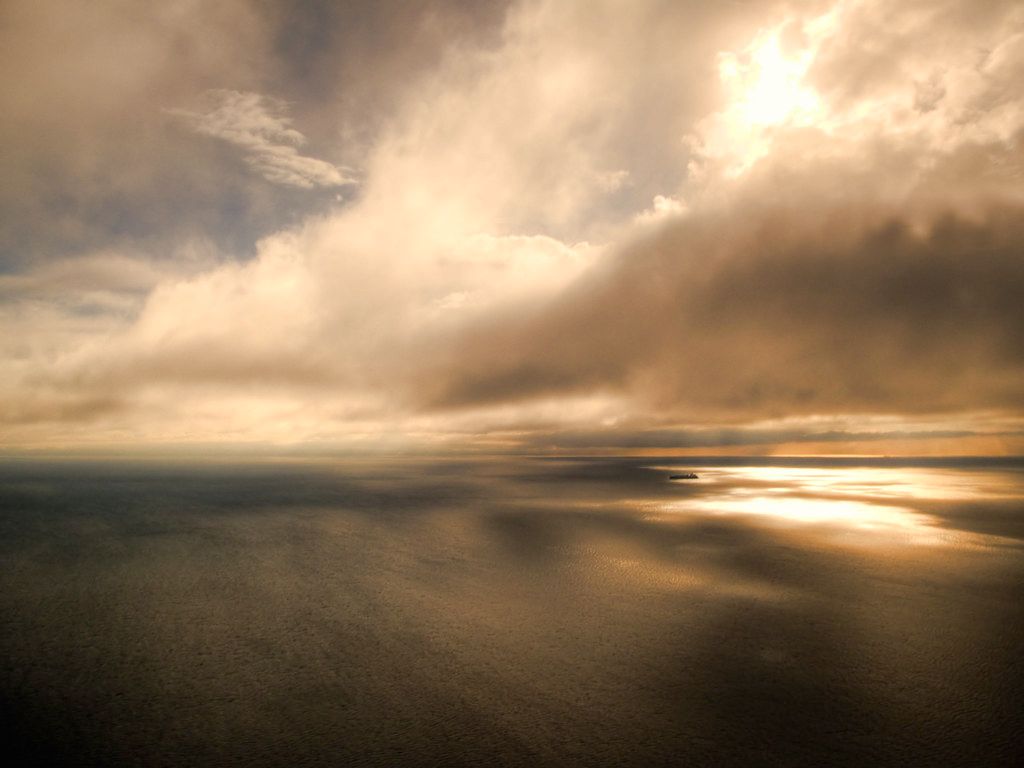Waves, frozen in time

I flew back to Sydney last night from an out-of-town client workshop. As our plane banked over Botany Bay, I noticed for the first time that while the waves on the water’s surface were clearly visible, they looked perfectly still. The ocean looked like a piece of textured glass, frozen in time. It took a moment for me to realise that from our height and orientation, I could see the waveforms themselves, but without the right combination of magnification and reference points (e.g. landmarks), I couldn’t see that those very obvious waveforms were propagating across the water’s surface, largely intact. So from a particular perspective, a very obvious kind of movement had been rendered invisible.
This got me thinking about how we do social research (whether it be “design research” or any other kind): without the right framing that emerges from a combination of control points and our sense of scale, we might totally miss a vital kind of activity. Something that we think is without movement might actually be very active. Maybe a quick “zoom calibration” (push in and pull out, just to see whether you’re at the right social magnification) might be all it takes, or angling your vision slightly to find the nearest landmark. Or maybe just wait until those things naturally happen — as my plane banked over Brighton Le Sands and I saw the sand of the beach, a control point was revealed: I could see the waves ripple and break as they approached the sand. So if you keep observing just a bit longer than you’d originally intended, you might experience something like an anamorphic moment, and have your whole system of mental coordinates rearranged.
What are the frozen waves in your research landscape?
